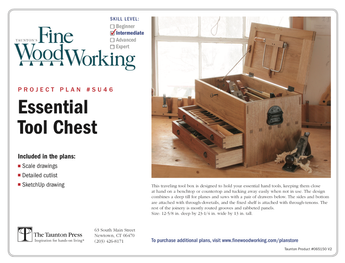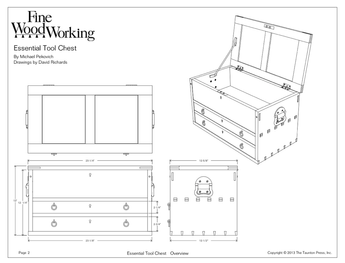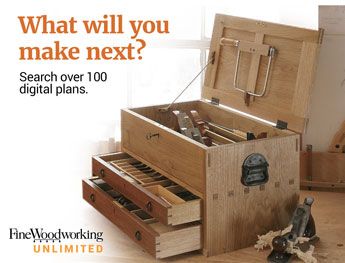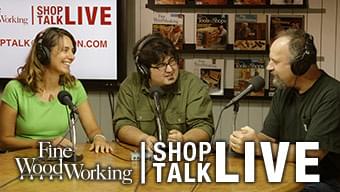Flat back for plane blade or this is getting bloody silly.
Hi folks.
I’ve been a lucky pup and just got hold of a real plane, a Clifton 41/2 .
When I was pulling it out of its nice box I commented to the wife this could be a bit of a Git to sharpen.
What I didn’t count on was 8 hours of Git, 7 1/2 of which were spent on the back trying to get the smallest hollow out of the leading edge.
I started with a 600 DMT diamond bench stone which quickly got turned over to the 400 side. The novelty of that soon ran out so I moved on to some 240 grit wet and dry on a piece of 10mm plate glass, that got boring so I went on to a 120 micron Extra course diamond stone then over to 180 grit wet and dry then the side of the grinding wheel on the Torbeck machine.
I have A2 chisels which i have no trouble sharpening to shaving standard but the size of this blade just seems to slide over the roughest surface.
It would seem this blade doesn’t really want to part with any of its self.
So seven and a half hours later the blade’s still suffering from a few scratches on the leading edge i can’t get at.
I did polish it up and have a little play, NICE!!!
Would it be worth picking up a lapping plate or should I try something else?
With thanks
Glynn













Replies
* make an iron holder with handles so you can really lean into the iron when flattening it
* get some 100 grit loose diamonds (should be available on ebay for about $20 including shipping, enough to do several dozen irons)
* Get one of those $18 kanabans and affix it to a block of wood
The diamonds will cut steel easily no matter how hard it is - much faster than a DMT, and with an iron holder, you can use pressure like you wouldn't dream of using on a DMT.
How do you erase a post?
Before anyone tells me
Yes I know a simalar question is posted a few posts down.
The search engine wasn’t working so I posted and now I can’t get rid of or move this post.
I would have liked to tag it on the end of the other post.
The difference in my question is I’m having trouble getting one corner down. It only needs to be flattened ¼ inch up and into the blade but because of the size of the hardened part of the blade the blade just seems to slip over everything I throw at it and I don't want to give the blade a bevel on the underside by just taking off the first 1/4 inch
Sorry!!!!!!!
Glynn
The abrasion resistance of A-2 shows up exactly in what you're doing. Daimonds are slow cutting and diamonds will only fracture and spall away under heavy pressure, they requre a light touch. Get some coarse aluminium oxide sand paper and glue it down to something flat for the heavy flatten work. Or, better yet, get an O-1 or W-1 iron for the plane.
The abrasion resistance
Does this mean my 120 diamond stone is now a 600 grit becouse I'v been heavey handed?
Larry, I don't think Clifton uses A2 steel. Mike Hudson, their chief engineer and demonstrator, that I've talked to several times here in the UK-- their factory is only about 25 miles away, always talks about the high carbon steel they use for the irons. On a side note Mike comes to our college and demonstrates the Clifton range of planes to our students from time to time.
Thomas Flinn, a retailer of Clifton planes here in the UK describe the irons thus: "The Cutting Iron is hand forged from high carbon steel, hardened and tempered to 60-62 Rockwell C the precision ground and are 0.120" thick (3mm)."
Workshop Heaven on their website describe the irons: "Each Clifton cutting iron is individually hand forged from a massive 2.6 kilo round bar of O1 carbon tool steel, (a luxury that’s hard to justify unless you have a steelworks on your doorstep.)"
So I'm not sure where this A2 nomenclature or designation is coming from, and I'm rather puzzled by the difficulties the OP is having with flattening the iron. Personally, I've never had any trouble doing the task he's describing on a Clifton iron. It's seldom much that need's doing for one thing, in my experience, and only usually takes anywhere between five and ten minutes on a regular bench stone just to polish it up a bit. I don't even get fancy with diamond this or that, nor even alox abrasive paper.
I can only guess there is something hugely out of whack with the iron or something else is very wrong because I've never seen a Clifton iron needing so much work. Slainte.
My mistake IT'S NOT A2!
I've removed the A2 reference from the first post.
It's still a hard wide blade.
Hi Glynn
I wasn't aware that Clifton were making A2 blades ...? I have a #4 1/2 blade in O1. It also required flattening, was also a bit of a bear, but is a great piece of steel.
I would only start with 120 grit paper if lapping a blade (and then move to 240 and 400 grit before going on to Shapton waterstones). 600 grit in a diamond is almost a polishing stone. Even a 275 Extra Coarse DMT will make heavy weather of removing steel fast enough (depending on how hard the steel is). The other problem with using diamonds is that they leave deep scratches which can be difficult (more work) to remove.
The good news is that you do not need to do this again!
Regards from Perth
Derek
Derek
You’re absolutely right Clifton don’t use A2 I’m getting muddled between Clifton and Veritas.
Fortunately or un it’s still as hard!
Glynn
I don't see any other posts about this matter. Flattening the back of a plane blade/chisel makes removing the wire edge, formed when sharpening, easier, more precise and keeps the back edge at a straight angle to the bevel. You don't need the entire back to be flat, just at the edge. Some tool steels are very hard and abrade very slowly. Typically, I only flatten about 1" or so toward the edge. This will grow with repeated sharpenings. As long as the back is flat for 1/16" where it meets the front bevel, you are good to go.
The coarser the grit you start with, the more work it is to remove the scratches made by that grit with finer grit. I glue down some 220 with 3M 77 spray adhesive to the edge of my table saw extension, then progress to finer grits. It could take many hours if you want to flatten the entire back of the blade. Much less if you only work the tip.
This is a poor picture of a new chisel. As time passes with sharpenings, the back will get flatter, but for now, just having it flat at the tip is all I need.
Hammer.
So I'm going to have to put a bevel on it to get the flat edge then?
Glynn
Not at all, just keep the back flat on the surface, don't lift it up. Microscopically, you are tapering the back from edge to handle or end, hardly an issue, we're talking nano microns.
Hammer.
You see this is the problem the flattening has gone from moving across the hole blade quite fast to the point where if left flat on the stone or the paper on the glass it now has no effect on the scratches I have left. The only way I can see to do it at this moment is to use the stropping wheel on the Torbeck and polish up just the leading edge.
Mind you I suppose that could be considered a flat edge sort of couldn’t it?
I think I’ll preserver with that and see what happens.
Thanks
Glynn
would a Lapping plate and paste be man enough for the job?
Thanks
Glynn.
This forum post is now archived. Commenting has been disabled